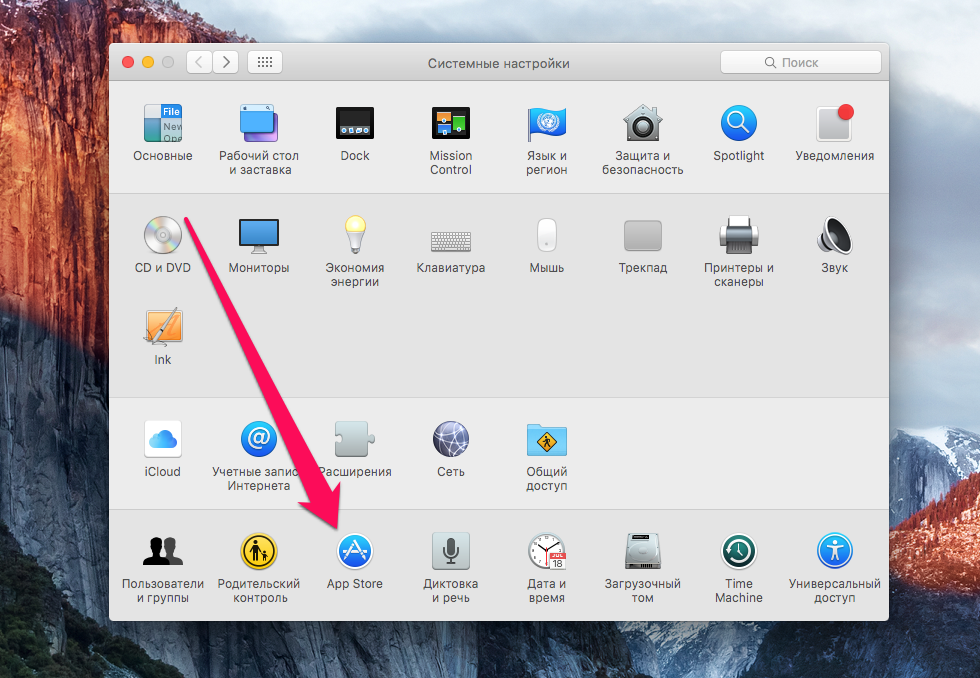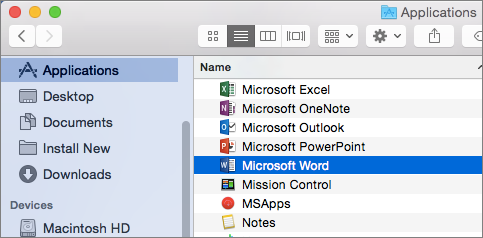How to install and run Mac apps that don't come from the Mac App Store. The app and choosing 'Open' from the. I have no problem with people using software that is not offered on the Mac App. It will not install on Mac OS X. At least not without additional software to act as an 'interpreter'. To install natively on OS X you need Office for Mac 2008 or 2011. I can't comment on who/what may be at fault, but you'll need to contact the source to resolve it. How to Fix the Damaged Apps on Mac. Quick Tip; Empty Your Mac’s Cache; Reset your Computer’s PRAM; Check Out Your Mac’s Security Settings; Quick Tip. Just hold down command+option when you launch the app. It would let you open the app. Empty Your Mac’s Cache. First off, you need to empty your Mac’s cache. To do so, open the Finder window. How to open apps not from Mac App Store By default macOS allows you to open apps from the official App Store only. If you have this still set as your default you will be seeing the warning when.
If you have access to a working Mac, and both it and the non-working Mac have FireWire or Thunderbolt ports, boot the non-working Mac in target disk mode by holding down the key combination command-T at the startup chime. Connect the two Macs with a FireWire or Thunderbolt cable. How to Install and Open.dmg Files on a Mac Software installation with Mac OS X is very different than in the Windows world. On a Windows PC you run an installer, tick off a few checkboxes, and wait for the progress meter to reach completion.
Suddenly some apps on my Mac running macOS Sierra started crashing. They seemed to be altogether frozen and damaged. As a result, I couldn’t open them.

One of my friends suggested me to try out some tips to fix the damaged apps. Luckily, they worked in resolving the issue. Have apps got damaged on your Mac as well? Give these tips a try to fix them!
How to Fix the Damaged Apps on Mac
Quick Tip
Just hold down command+option when you launch the app. It would let you open the app.
Empty Your Mac’s Cache
- First off, you need to empty your Mac’s cache. To do so, open the Finder window
- Head over to Go to Folder in the Go menu.
- Next, you need to type in
~/Library/Caches. - Now, hit enter to go to that folder and then clean it up
Reset your Computer’s PRAM
- Shut down your Mac and turn it back on
- When you hear the startup sound, quickly hold down Command, Option, P, and R
You need to keep holding them down until you hear the computer restart, as well as the startup, sound again.
Check Out Your Mac’s Security Settings
- Head over to the System Preferences.
- Click on Security & Privacy.
- Click on General Tab → Click on the lock icon and enter your Mac’s system password.
- Make sure to check the Allow applications downloaded from App Store and identified developers setting → Click on the lock icon again.
That’s all!
Hopefully, these tips are able to troubleshoot the damaged apps. Just in case you know any handy tips to resolve them, you can share them with us.

Are you planning to buy the new MacBook Pro? Then, check out these posts to transfer old Mac’s data to the new Mac, de-authorize your computer from all services.
Walk through this tutorial to set up the new MacBook Pro and let us know your feedback about how cool it really is.
Jignesh Padhiyar is the co-founder of iGeeksBlog.com who has a keen eye for news, rumors and all the unusual stuff that happens around Apple products. During his tight schedule, Jignesh finds some moments of respite to share side-splitting contents on social media.
- https://www.igeeksblog.com/author/iosblogger/
- https://www.igeeksblog.com/author/iosblogger/How to Share Purchased Apps Between iPhones and iPads
- https://www.igeeksblog.com/author/iosblogger/
- https://www.igeeksblog.com/author/iosblogger/
Apple has introduced a number of features designed to protect users from malware in OS X, but these tools occasionally go too far when trying to save people from themselves.
TL;DR:If you have an app from an unidentified developer and you're sure the app is safe, you can force it to run by right clicking (or command-clicking) the app and choosing 'Open' from the context menu.
OS X's Gatekeeper feature — introduced with OS X Mountain Lion — places restrictions on which apps can be run on a Mac based on the avenue through which the apps were acquired. There are three tiers: apps which are distributed by registered developers through the Mac App Store, apps which are distributed by registered developers outside of the Mac App Store, and apps which are not made by registered developers.
Gatekeeper distinguishes between the latter two based, broadly, on whether the app has been signed with a legitimate Apple-issued signing key.
By default, Gatekeeper is configured to allow apps from the Mac App Store and from registered developers. Users can make this more or less strict:
- Open System Preferences
- Open the 'Security & Privacy' pane
- Select the 'General' tab
- Click the lock icon in the lower-left corner and enter an administrative username and password
- Select one of the three available levels under 'Allow apps downloaded from:' and close the preference pane
Unless you choose to allow apps downloaded from anywhere, OS X will warn you against opening apps that aren't signed: you'll see a dialog box that says ' can't be opened because it is from an unidentified developer,' and clicking OK will simply close the dialog.
Mac App Store Cannot Open
If you're sure the app is safe, you don't need to alter your security preferences to open it — there's a faster workaround.
Right click (or command-click) on the app and select 'Open' from the context menu. This will present a slightly different dialog box: this time, you'll be presented with an 'Open' button that will let you force OS X to run the app.
Can Not Open An Install App In Macbook Pro
Remember: only do this if you're sure the app is from a reputable developer and has not been tampered with.
Application Cannot Be Opened Mac
AppleInsider has affiliate partnerships and may earn commission on products purchased through affiliate links. These partnerships do not influence our editorial content.